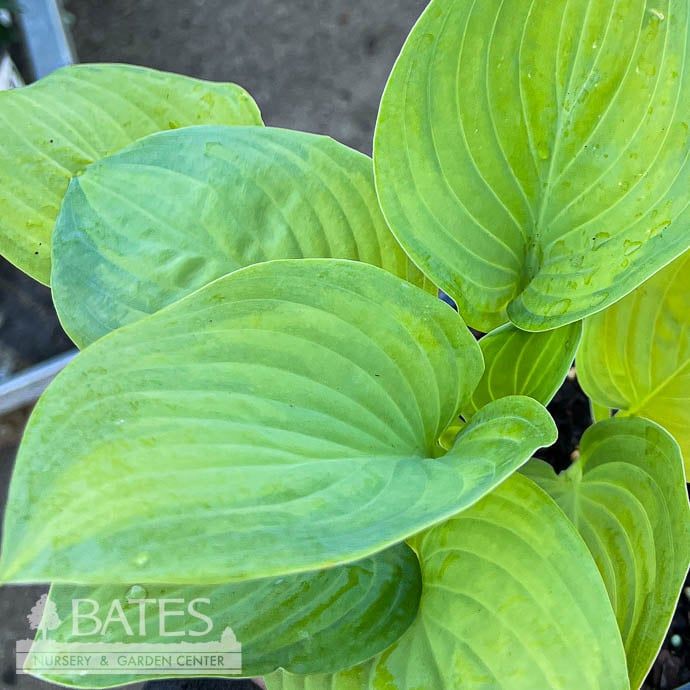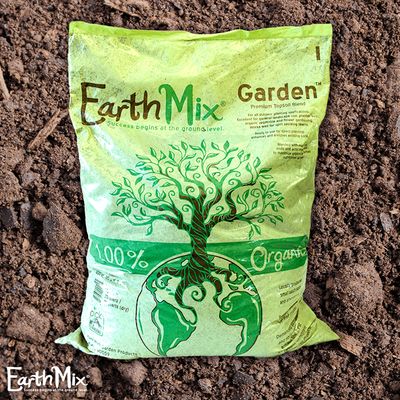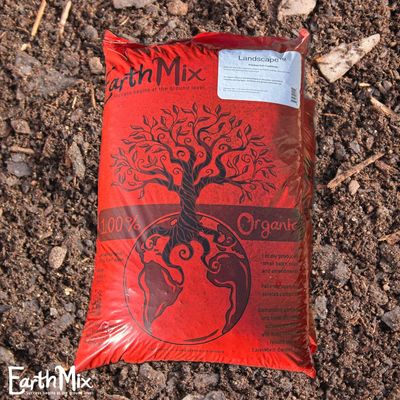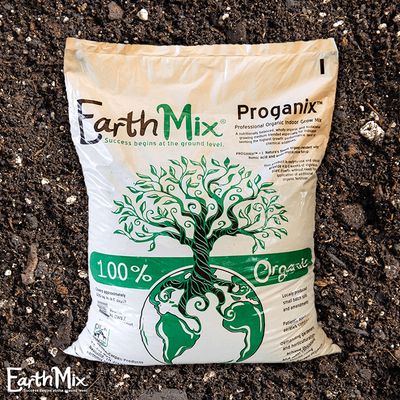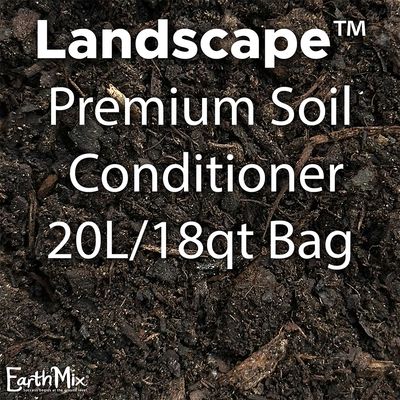#1 Hosta Ambrosia/ Chartreuse, Blue
#1 Hosta Ambrosia/ Chartreuse, Blue
The 'Ambrosia' hosta's two-toned leaves have blue-green edges and lighter green centers. The contrast between colors can be quite subtle and painterly - this hosta doesn't scream for attention, but rewards a closer look.
Scientific Name: Hosta 'Ambrosia'
Common Name: Ambrosia Hosta
Garden Size: 24 inches tall by 66 inches wide; scape height 41 inches
Growth Rate: Fast
USDA Zone: 3-9
Exposure: Partial sun to full shade
Water & Soil: Moist, well-drained soil
Habit (Form): Mounding
Foliage: Large, deep-veined, heart-shaped leaves with yellow-green centers and blue-green margins. The transition between the two colors has a brushed appearance. The foliage can tolerant more sun than most hostas.
Flowers: Fragrant, pale lavender, tube-shaped flowers that grow on scapes above the foliage. Blooms in July.
Plant Origin: East Asia, primarily Japan and Korea. Most commercially available hostas are hybrids.
Wildlife Support: Hummingbirds and some bees enjoy the flowers. A favorite treat for our local deer.
Fertilizing: Apply compost in early spring before new growth emerges.
Pruning: Remove spent flower stalks to encourage new growth; trim back damaged or yellowing leaves as needed. Leave the leaves over the winter and wait until early spring to clean up.
ASPCA Toxicity flags (see their site for details): Toxic to dogs, cats, and horses
Uses: Ideal for shade gardens, woodland borders, and container plantings.
AHS Classification: II-6a (Large Leaved; Blue or Green Margined; Yellow, White, or Chartreuse Center)
Parentage: Sport of H. 'Guacamole'
